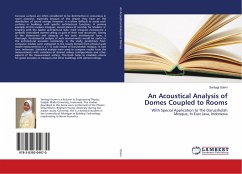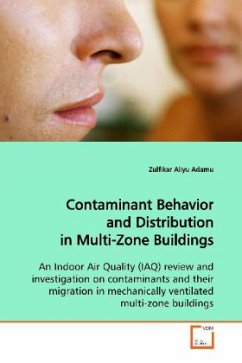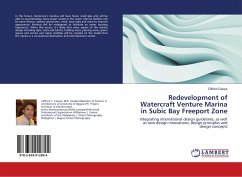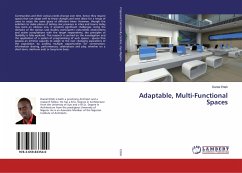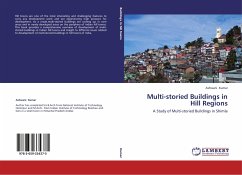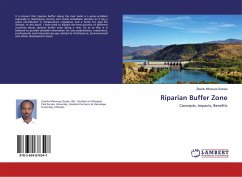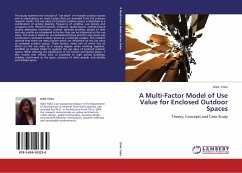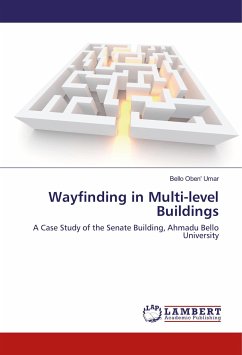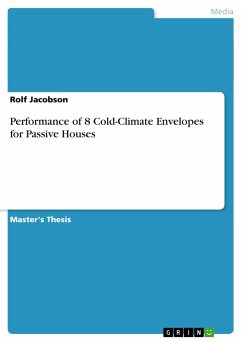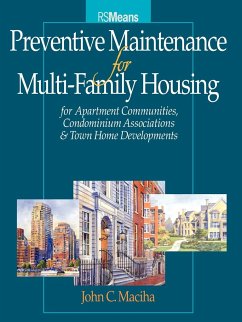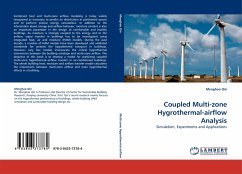
Coupled Multi-zone Hygrothermal-airflow Analysis
Simulation, Experiments and Applications
Versandkostenfrei!
Versandfertig in 6-10 Tagen
39,99 €
inkl. MwSt.

PAYBACK Punkte
20 °P sammeln!
Combined heat and multi-zone airflow modeling is today widely recognized as necessary to predict air distribution in partitioned spaces and to perform precise energy calculations. In addition to the information about energy and airflow behavior, moisture content is also an important parameter in the design of comfortable and healthy buildings. As moisture is strongly coupled to the energy and to the airflow, vapor transfer in buildings has to be investigated using integrated heat, air and moisture (HAM) models. During the past decade, a number of HAM models have been developed and validated wo...
Combined heat and multi-zone airflow modeling is today widely recognized as necessary to predict air distribution in partitioned spaces and to perform precise energy calculations. In addition to the information about energy and airflow behavior, moisture content is also an important parameter in the design of comfortable and healthy buildings. As moisture is strongly coupled to the energy and to the airflow, vapor transfer in buildings has to be investigated using integrated heat, air and moisture (HAM) models. During the past decade, a number of HAM models have been developed and validated worldwide for analysis the hygrothermal transport in buildings. However, very few models incorporate the critical hygrothermal interactions between the building envelope and multi-zone airflow. The objective of this book is to develop a model for predicting coupled multi-zone hygrothermal airflow transfer in air-conditioned buildings. The whole building heat, moisture and airflow transfer model calculates the interactions between multi-zone airflow and main hygrothermal effects in a building.



